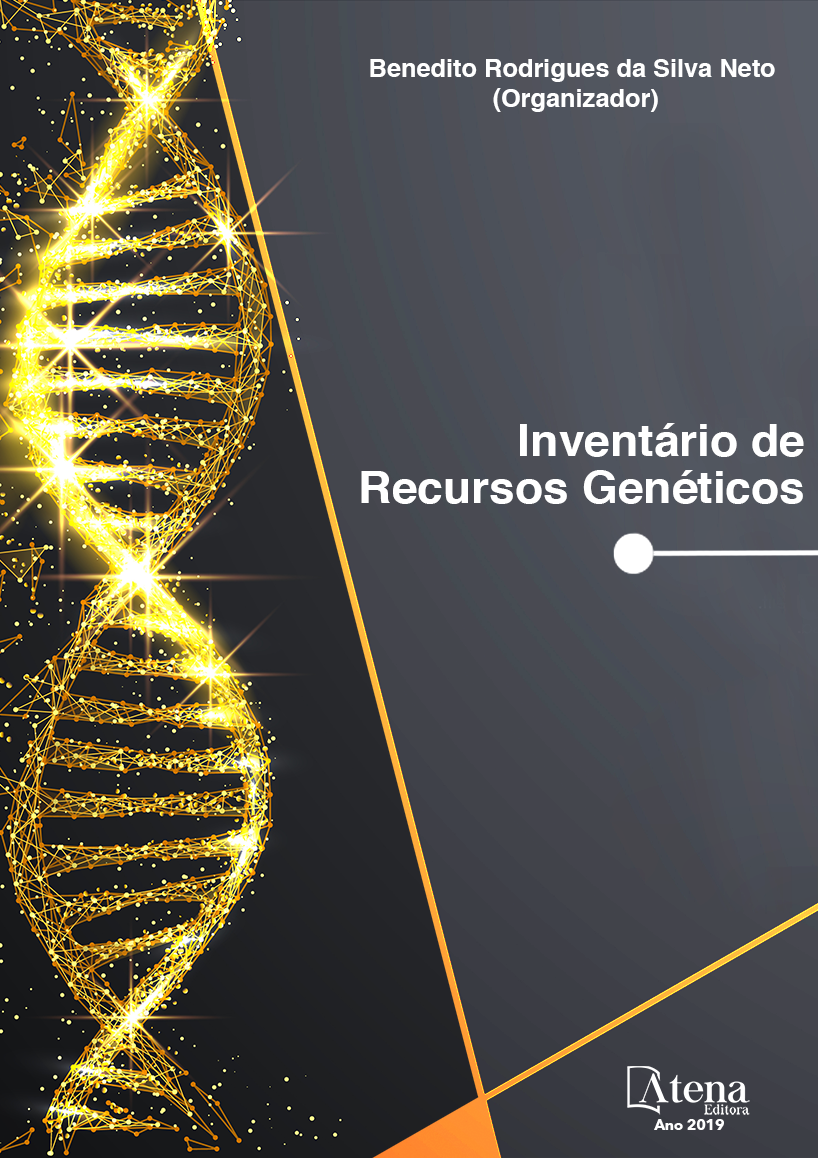
CARACTERIZAÇÃO MOLECULAR DE MICRORGANISMOS ASSOCIADOS À PRODUÇÃO DE COMPOSTOS VOLÁTEIS
Nos últimos anos, a indústria
alimentícia vem aumentando a busca
por novas fontes de produtos naturais. O
metabolismo microbiano pode produzir uma
ampla gama de compostos capazes de
serem utilizados na indústria alimentícia,
incentivando o desenvolvimento de vários
processos biotecnológicos para a obtenção
de novos aditivos alimentares. Nesse sentido,
microrganismos isolados de frutos podem
produzir compostos voláteis que possuem um
aroma característico de frutas. Assim, este
trabalho teve como objetivo a identificação
molecular de 22 leveduras responsáveis pela
produção de compostos aromáticos constituintes
do aroma marcante da maçã. As leveduras
foram selecionadas dentre as linhagens
depositadas na Coleção Microbiológica de
Interesse Biotecnológico (CMIB) da UTFPR
Ponta Grossa, as quais tiveram seu DNA
extraído e amplificado na região ITSO produto
da amplificação foi sequenciado e as sequências
foram tratadas e analisadas com software
específico e posteriormente comparadas com
as sequências depositadas no banco de dados
de nucleotídeos do NCBI. Árvores filogenéticas
foram construídas para confirmar a identidade
molecular e a relação entre as espécies
encontradas, utilizando-se do método de
máxima verossimilhança com dois diferentes
modelos evolutivos. Das 22 leveduras, onze
linhagens foram identificadas como Clavispora
lusitaniae, oito como Rhodotorula mucilaginosa e
três como Lodderomyces elongisporus. As
três espécies encontradas neste estudo foram
relatadas na literatura causando infecções em
humanos. No entanto, as espécies também
foram isoladas de outras fontes, incluindo
alimentos, o que pode fornecer oportunidades
para o estudo de aplicações biotecnológicas
dessas leveduras, como a produção de
bioaromas.
CARACTERIZAÇÃO MOLECULAR DE MICRORGANISMOS ASSOCIADOS À PRODUÇÃO DE COMPOSTOS VOLÁTEIS
-
DOI: 10.22533/at.ed.8631918074
-
Palavras-chave: Bioaromas. Identificação Molecular. Leveduras não-Saccharomyces.
-
Keywords: Bioaromas. Molecular identification. Non-Saccharomyces yeasts.
-
Abstract:
In recent years, the food industry has been increasing the search for new
sources of natural products. The microbial metabolism can produce a wide range of
compounds capable of being used in the food industry, encouraging the development
of various biotechnological processes to obtain new food additives. Regarding this,
isolated microorganisms from fruits can produce volatile compounds that have a
characteristic fruit aroma. Thus, the objective of this work was the molecular identification
of 22 yeasts responsible for the production of aromatic compounds constituting the
remarkable aroma of the apple. The yeasts were selected among the strains deposited
in the Microbiological Collection of Biotechnological Interest (CMIB) of UTFPR Ponta
Grossa, which had their DNA extracted and the ITS region amplified. The amplification
product was sequenced, and the sequences were treated and analyzed with specific
software and then compared to the sequences deposited in the NCBI nucleotide
database. Phylogenetic trees were constructed to confirm the molecular identity and
the relationship between the species found, using the maximum likelihood method
with two different evolutionary models. Among the 22 yeasts, eleven strains were
identified as Clavispora lusitaniae, eight as Rhodotorula mucilaginosa and three as
Lodderomyces elongisporus. The three species found in this study have been reported
in the literature causing infections in humans. However, the species also have been
isolated from other sources, including food, which may provide opportunities for the
study of biotechnological applications of these yeasts, such as for bioaroma production
-
Número de páginas: 15
- Juliana Vitória Messias Bittencourt
- Mariana Machado Fidelis Nascimento
- Luciano Medina-Macedo
- Mariely Cristine dos Santos


